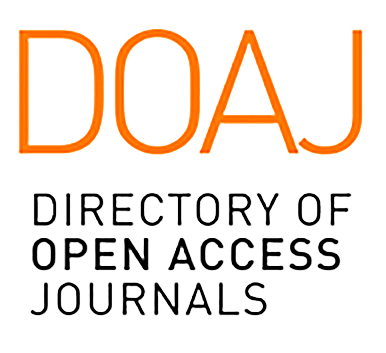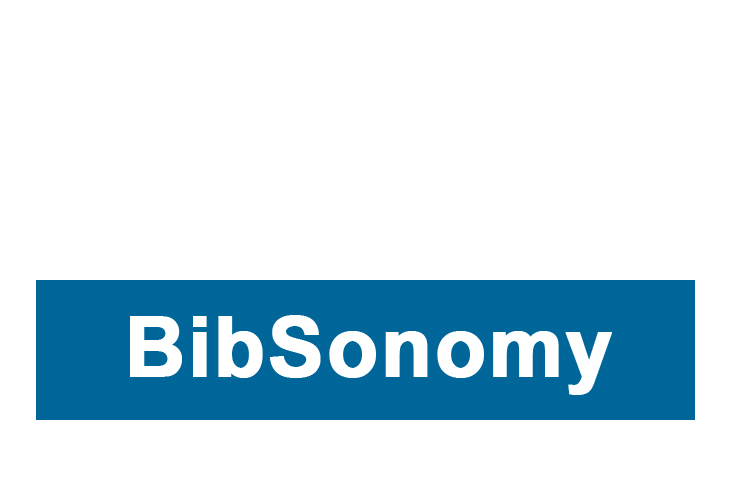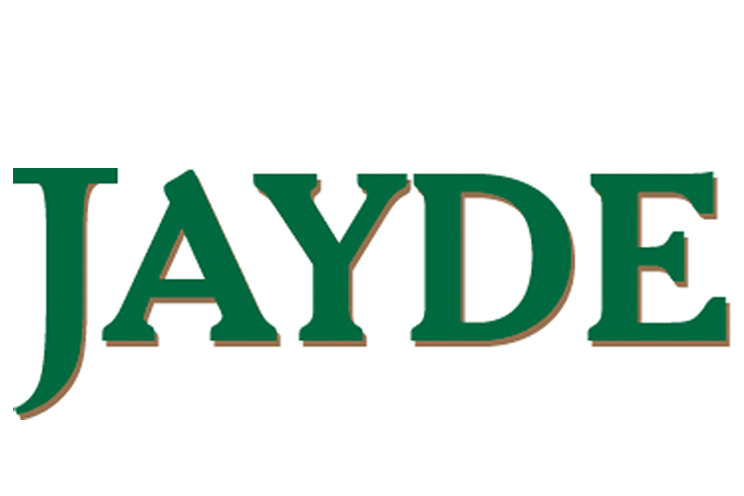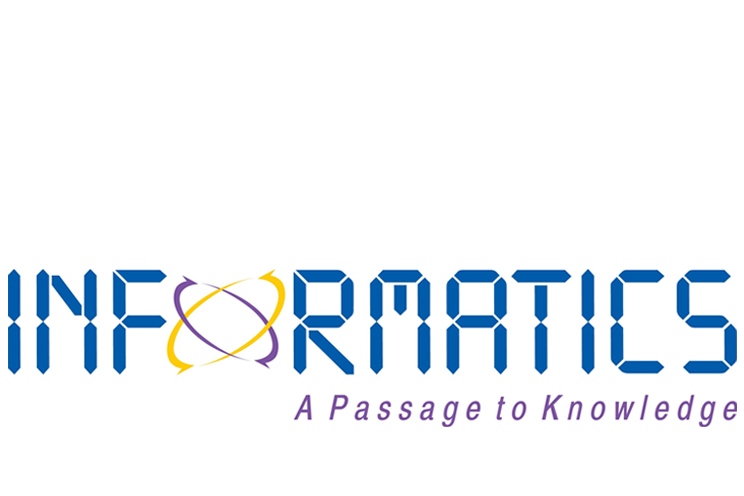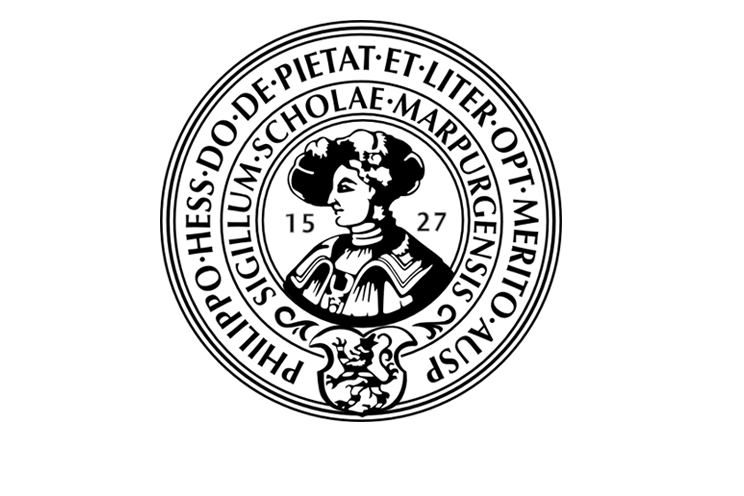Public Article
-
verified
POLOŽAJ I NADLEŽNOSTI KADIJE U OSMANSKOM PRAVNOM SISTEMU//THE POSITION AND COMPETENCIES OF QADIS IN OTTOMAN LEGAL SY...
ISSN: 2712 - 0651
Publisher: author
POLOŽAJ I NADLEŽNOSTI KADIJE U OSMANSKOM PRAVNOM SISTEMU//THE POSITION AND COMPETENCIES OF QADIS IN OTTOMAN LEGAL SY...
Indexed in
History and Archaeology
ARTICLE-FACTOR
1.3
Article Basics Score: 2
Article Transparency Score: 3
Article Operation Score: 3
Article Articles Score: 3
Article Accessibility Score: 2
SUBMIT PAPER ASK QUESTION
International Category Code (ICC):

ICC-0802
Publisher: Historijski Pogledi//historical Views Center For Research ..
International Journal Address (IAA):

IAA.ZONE/271276250651
eISSN
:
2712 - 0651
VALID
ISSN Validator
Abstract
Qadis were representatives of judicial branch in Ottoman Empire. The origin of this legal institute comes from the early development phase of islamic state – Omeyyad dinasty when the first rulers and later caliphs apointed qadis for solving disputes. For their appointment in Ottoman Empire qadiasker (military judges) were competent. Each of these judges appointed qadis and religious scolars (muderis) in their area of administration: Rumelian or Anatolian. As members of ulema (religious scolars) qadis enjoyed huge reputation in Ottoman Empire with high degree of independence and integrity in their work. The area under qadis jurisdiction was called kadiluk (or kaza). One sanjak (bigger administrative unit in Ottoman Empire) could be divided in more kadiluks depending on density of muslim population. Qadis were engaged in solving marriage, family and other disputes, regulating prices on the market, securing the public order, control ov...

